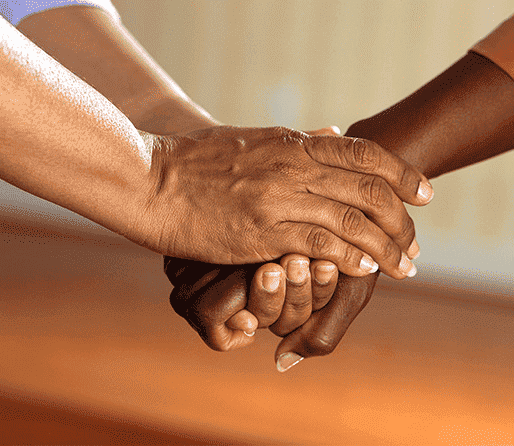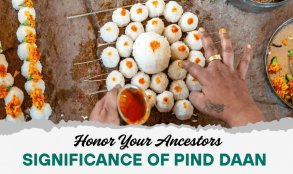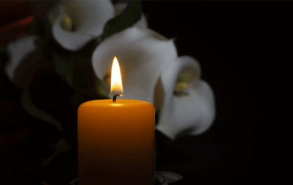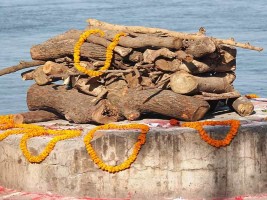Lastjourney Blog
Journey of the soul after death in Hinduism
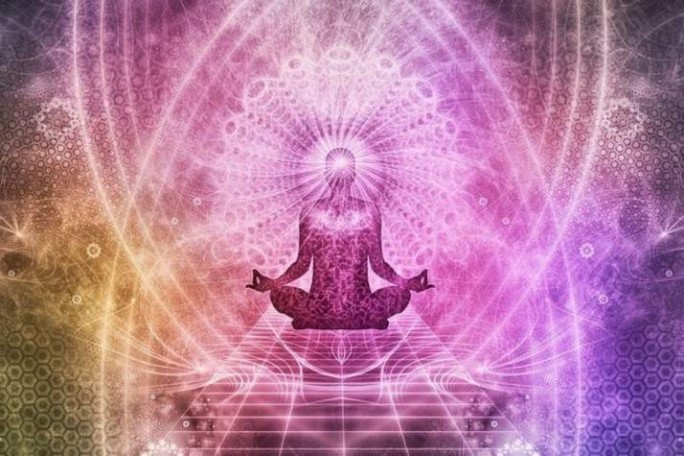
 Table of Contents
Table of Contents- What Happens with the Soul after Death in Hinduism?
- Journey of the Soul After Death In Hinduism
- Hindu Funeral Traditions
- Some questions that many of us have regarding the journey of the soul after death in Hinduism:
What Happens with the Soul after Death in Hinduism?
People belonging to other faiths and people believing in scientific theories hold many different views. In our country, Hinduism is one of the oldest and largest populations, comprising 80% of India's population. According to the Hindu religion, the human soul is immortal and never dies.
After the death of a human, the soul (atman) is reborn in a different body through reincarnation. It is the good and the offensive actions (Karma) that determine the fate of the soul. The ultimate goal is to achieve moksha, which means liberating oneself from the cycles of rebirth and becoming a part of an absolute soul.
Journey of the Soul After Death In Hinduism
Based on the Hindu rituals and ceremonies, immediately after the demise, the soul does not reincarnate into the following form of life. It stays in a structure of (linga ṡarīra). The god of death, also known as the Yama, takes this form for an identity check. After this process, the soul returns to the deceased's place, where it will stay at the doorstep. As per the beliefs, we must perform the cremation rituals before this return so that the soul does not reenter the body.
It is believed that by the 10th day of the demise, the immediate family had purged the defilement. The Karta (Chief mourner) and the priest carry out the shraddha rituals. They conduct these rituals to ensure the dignified rebirth of the next physical form for the soul (preta) of the deceased. A trench is dug on land near a holy river to perform the ceremonies. Lord Vishnu is called on, and ten balls of flour with ingredients such as honey, curd, ghee, sesame seeds, sugar, and milk are placed in the area.
As the items are placed one by one, the chief mourner says and wishes to create a head, a neck, shoulders, a heart, a chest, and so on. The last and the 10th request is that the soul can digest and eat, ultimately satisfying the thirst and hunger of the new reincarnated body. To learn more about the shradh and the Pitru paksha, visit Pitru Paksha Shradh. Visit the Hindu Shradh Rituals page to learn about the Shradh ceremony and other rituals.
After completing all these rituals, the soul leaves the world for its further journey. The other shraddha rituals are performed during the allotted periods, depending on the caste. Throughout the journey, the soul is sustained by the rituals and ceremonies of the śrāddhas in which the family provides Brahmans with clothes, shoes, and money in the hope of benefitting the deceased's soul.
After one year, the deceased's soul will reach Yama's final judgment on whether it will receive svarga(heaven) or Naraka(hell), depending on the karma. After this decision, the soul will be reincarnated into the following form: a cockroach, a parasite, a mouse, a plant, or a human.
Hindu Funeral Traditions
The last rites practices (Antyesti) in Hinduism are very important because of this religion's beliefs and values. As per the beliefs, our karmas of the present life determine the length and the form of each of our rebirths (saṃsāra). To simplify, our actions and moral attributes will affect what we receive in our next life.
To end or escape this cycle of rebirth, one must achieve salvation (Moksha). Only saints or those whose ashes after the last rites are scattered in the holy waters of Ganga can achieve this state. For others, fate will lead to reincarnation.
Cremation involves burning the body in wooden logs, and it is believed that the fire acts as a messenger. The Agni consumes the body and returns it to Earth, where it came from. With this process, the soul can move to its next destination.
How do you conduct dignified last rites?
All rituals and ceremonies must be conducted according to beliefs for the peace and salvation of your loved one. Service providers such as Last Journey offer assistance in conducting all funeral rituals to help families in such times and to guide them through the process. They ensure a dignified funeral service for your loved ones.
Some questions that many of us have regarding the journey of the soul after death in Hinduism:
Q.1 What happens with the soul after death in Hinduism?
Ans- Everyone asks the same question at least once: What happens with their souls when they die? According to Hinduism, death is not the end but a new journey for the soul. After someone dies, their soul leaves the body and is reborn based on their actions, which is called karma. This cycle of birth and rebirth continues until the soul breaks free, which is called moksha. The goal is for the soul to find peace and become one with the divine.
Q.2 How long after death rebirth happens in Hinduism?
Ans- Many ask when their loved one is born and how long it takes. In Hinduism, the soul leaves the body after death and undergoes a process based on its karma (actions). The time it takes for rebirth isn’t fixed, and no one knows about it, but in Hindu rituals, it's believed that time can vary based on karma. Some believe the soul may enter another body quickly, while others think it might take longer, depending on the soul’s journey and karma.
Q.3 Where does the soul go immediately after death in Hinduism?
Ans- Many of us have this question in mind what happens to the soul of a deceased person after death? The answer is that in Hinduism, after death, the soul leaves the body and enters a state known as the Antaral or Transactional phase. During this time, the soul may reflect on past life and experiences. It is believed that the soul eventually moves on to different realms or prepares for rebirth based on its karma, which results from the actions that he/she does in life.
Your email address will not be published. Required fields are marked *
